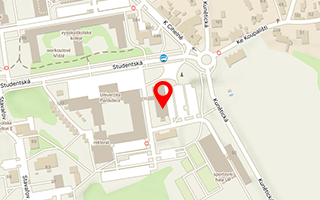Publikace detail
Products of Hydrolysis of C,N chelated Triorganotin(IV) Chlorides and Use of Products as Catalysts in Transesterification Reaction
Autoři:
Padělková Zdeňka | Weidlich Tomáš | Eisner Aleš | Kolářová Lenka | Zevaco Thomas | Císařová Ivana | Růžička Aleš | Holeček Jaroslav
Rok: 2007
Druh publikace: článek v odborném periodiku
Název zdroje: Journal of Organometallic Chemistry
Strana od-do: 5633-5645
